Finding a Good Lawyer For Your Personal Injury Lawsuit
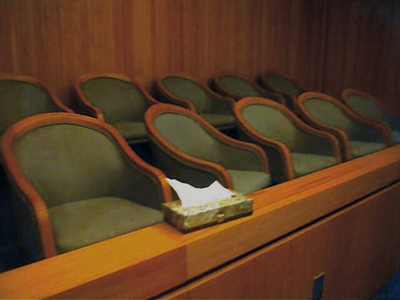 Because accidental injuries are unexpected, the need for a good lawyer can be immediate and unplanned. Too often people randomly select lawyers based on a television ads, phone book ads, or internet marketing. Selecting a lawyer solely on the basis of advertising precludes a well-balanced understanding of the lawyer’s actual capabilities.
Because accidental injuries are unexpected, the need for a good lawyer can be immediate and unplanned. Too often people randomly select lawyers based on a television ads, phone book ads, or internet marketing. Selecting a lawyer solely on the basis of advertising precludes a well-balanced understanding of the lawyer’s actual capabilities.
However you find your potential list of lawyers–whether from advertising, a referral from a friend, or even a lawyer you used long ago, it’s a good idea to dig a little deeper to make sure that the lawyer is best equipped to help with your problem. Here are five things to look for:
 Maryland Car Accident Lawyer Blog
Maryland Car Accident Lawyer Blog


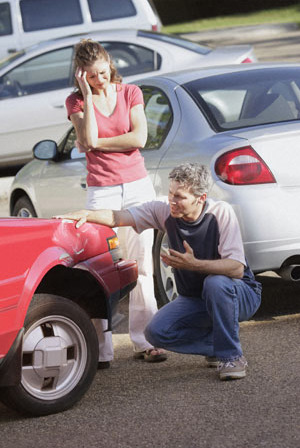 Maryland has a rule called collateral source. This is an important part of making sure auto accident victims get full value for their claims. It is the reason that accident victims can recover for medical expenses and lost wages through their personal injury protection (PIP) insurance (see our
Maryland has a rule called collateral source. This is an important part of making sure auto accident victims get full value for their claims. It is the reason that accident victims can recover for medical expenses and lost wages through their personal injury protection (PIP) insurance (see our 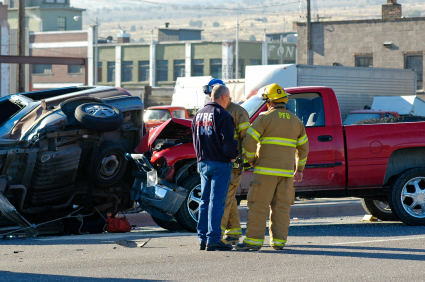 We recommend that all of our clients get as much Personal Injury Protection (PIP) insurance as they can–it’s inexpensive, and it makes a huge difference in your Maryland auto accident case.
We recommend that all of our clients get as much Personal Injury Protection (PIP) insurance as they can–it’s inexpensive, and it makes a huge difference in your Maryland auto accident case. 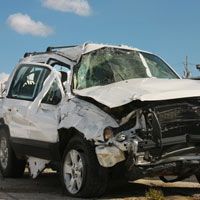 Our usual recommendation to people is that when they lease a car, purchase GAP (Guaranteed Auto Protection) insurance. GAP insurance makes up the difference between fair market value of a car and what you owe on the car (the second figure is sometimes higher). This type of insurance is important because in an accident, you are only entitled to the fair market value of the car. The trap is that if you owe more than the Maryland property damage settlement amount, then you certainly won’t have enough money to buy or lease a or new car. Then, you end up renting a car for far too long (which you won’t get completely paid back, either). It’s a terrible cycle of debt, and hard to get out of.
Our usual recommendation to people is that when they lease a car, purchase GAP (Guaranteed Auto Protection) insurance. GAP insurance makes up the difference between fair market value of a car and what you owe on the car (the second figure is sometimes higher). This type of insurance is important because in an accident, you are only entitled to the fair market value of the car. The trap is that if you owe more than the Maryland property damage settlement amount, then you certainly won’t have enough money to buy or lease a or new car. Then, you end up renting a car for far too long (which you won’t get completely paid back, either). It’s a terrible cycle of debt, and hard to get out of. 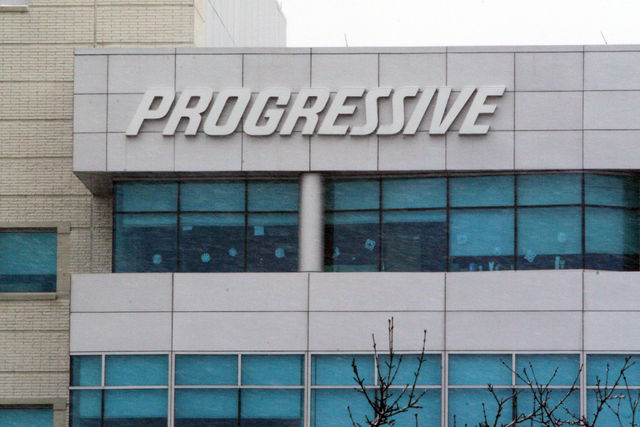 The internet has been in a furor over Progressive’s treatment of a Maryland family following the wrongful death of young woman in an auto accident. Is the furor justified? Check out our Generation J.D. blog post to find out:
The internet has been in a furor over Progressive’s treatment of a Maryland family following the wrongful death of young woman in an auto accident. Is the furor justified? Check out our Generation J.D. blog post to find out: 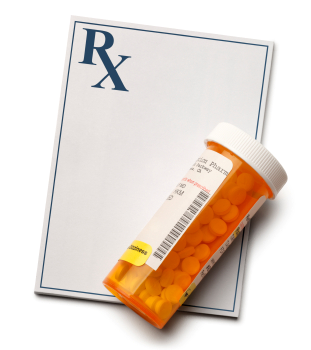 In Maryland auto accident claims, the victim of a negligent driver is entitled to recover the cost of all reasonably related medical expenses. For example, if a driver runs a red light and hits another vehicle, the emergency room visit for the other vehicle’s occupants should be paid by the negligent driver’s insurance company.
In Maryland auto accident claims, the victim of a negligent driver is entitled to recover the cost of all reasonably related medical expenses. For example, if a driver runs a red light and hits another vehicle, the emergency room visit for the other vehicle’s occupants should be paid by the negligent driver’s insurance company. 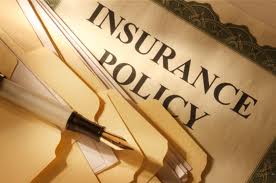 Insurance is complicated business, and many of our auto accident clients get a crash course in coverage only after the collision. One common question from people involved in Baltimore auto accidents is whether there is insurance coverage for their
Insurance is complicated business, and many of our auto accident clients get a crash course in coverage only after the collision. One common question from people involved in Baltimore auto accidents is whether there is insurance coverage for their 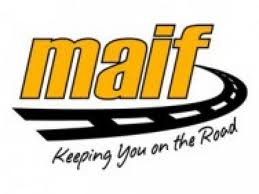 Most auto accident lawyers hate filing MAIF claims. First, there are a lot of hoops to jump through, including a 180-day notice requirement that, if not met exactly, can capsize the entire claim. Second, MAIF uninsured claims are limited to $30,000 per person and $60,000 per accident (
Most auto accident lawyers hate filing MAIF claims. First, there are a lot of hoops to jump through, including a 180-day notice requirement that, if not met exactly, can capsize the entire claim. Second, MAIF uninsured claims are limited to $30,000 per person and $60,000 per accident (